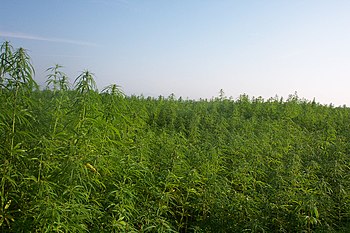99% of new power generation added in January came from renewable energy, it was reported...
CREDIT: SHUTTERSTOCK
More than 99 percent of new electric capacity added in the U.S. in January came from renewable energy sources, according to data released by the Federal Energy Regulatory Commission (FERC) on Thursday.
Of the 325 megawatts of new capacity installed, solar led the way with 287 megawatts added in January. That was followed by geothermal power with three new units totaling 30 megawatts, one new unit of wind energy with an installed capacity of 4 megawatts, and three new units of biomass totaling 3 megawatts. In addition, there was 1 megawatt added that FERC defined as “other.”
Despite significant gains, renewables are still a relatively small piece of the overall capacity picture in America. Renewable sources, including hydro, account for just over 16 percent of total installed operating generating capacity, according to FERC — a picture dominated by fossil fuels.
And it’s important to note the difference between capacity to generate electricity and actual generation. Capacity is the total amount of energy that can be produced, whereas generation is the total amount that is produced. Because renewable sources like wind and solar produce energy less of the time than other resources with the same amount of capacity, these two numbers can sometimes vary significantly.
Like capacity, electricity generation in America is heavily dependent on fossil fuels. As of November 2013, renewable energy sources, including hydro, accounted for about 13 percent of total net generation, according to data from the U.S. Energy Information Administration.
Big picture aside, the immediate renewable energy trend is clear. January’s noteworthy numbers mirror those from several months last year — in November, 100 percent of the 394 megawatts of new capacity added came from renewable sources. In October, 699 megawatts were added, 99 percent of which came from renewable sources. And in March, 100 percent of new electrical generation capacity came from solar, as seven units with a total combined capacity of 44 megawatts were added.





















































